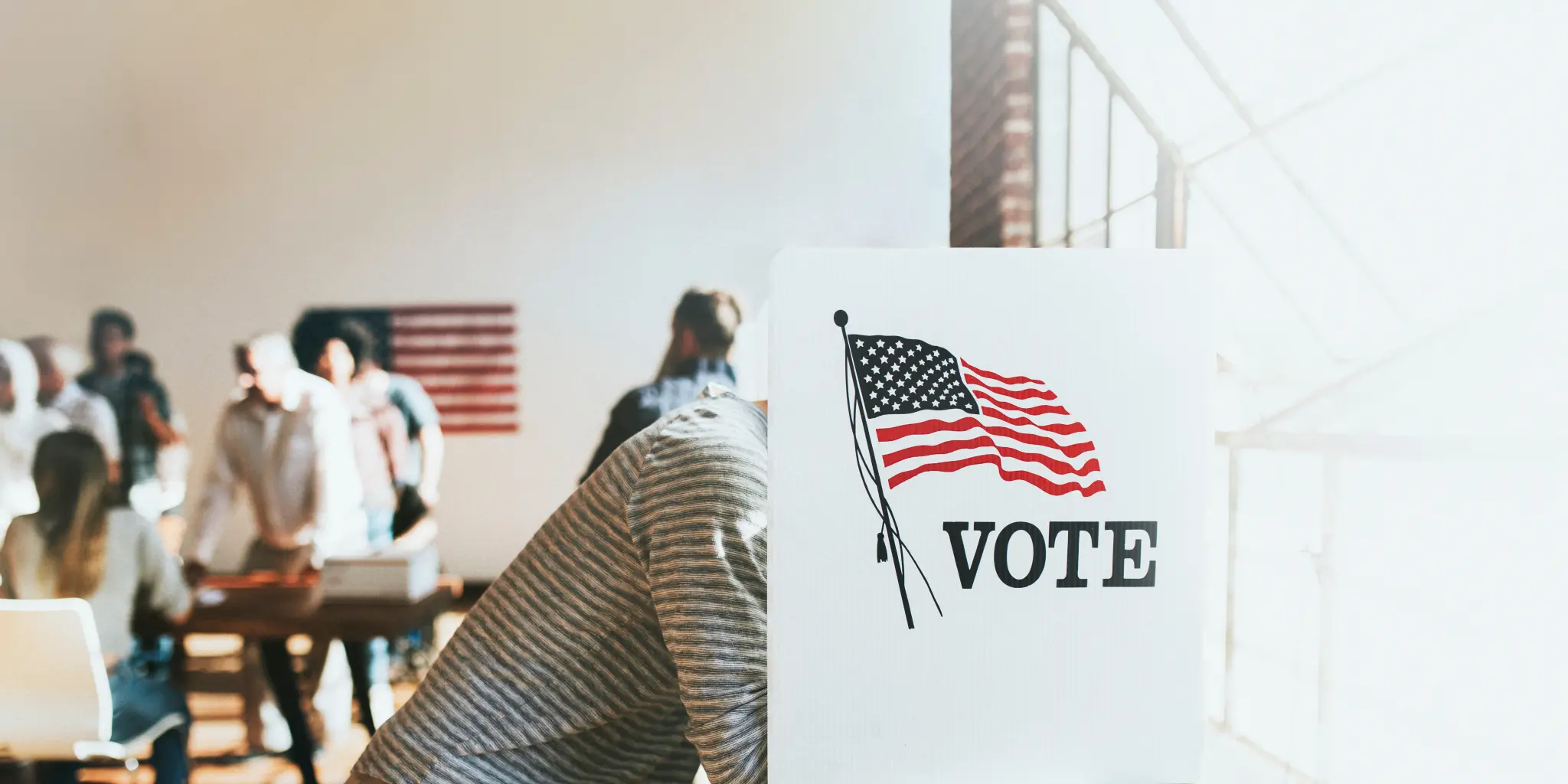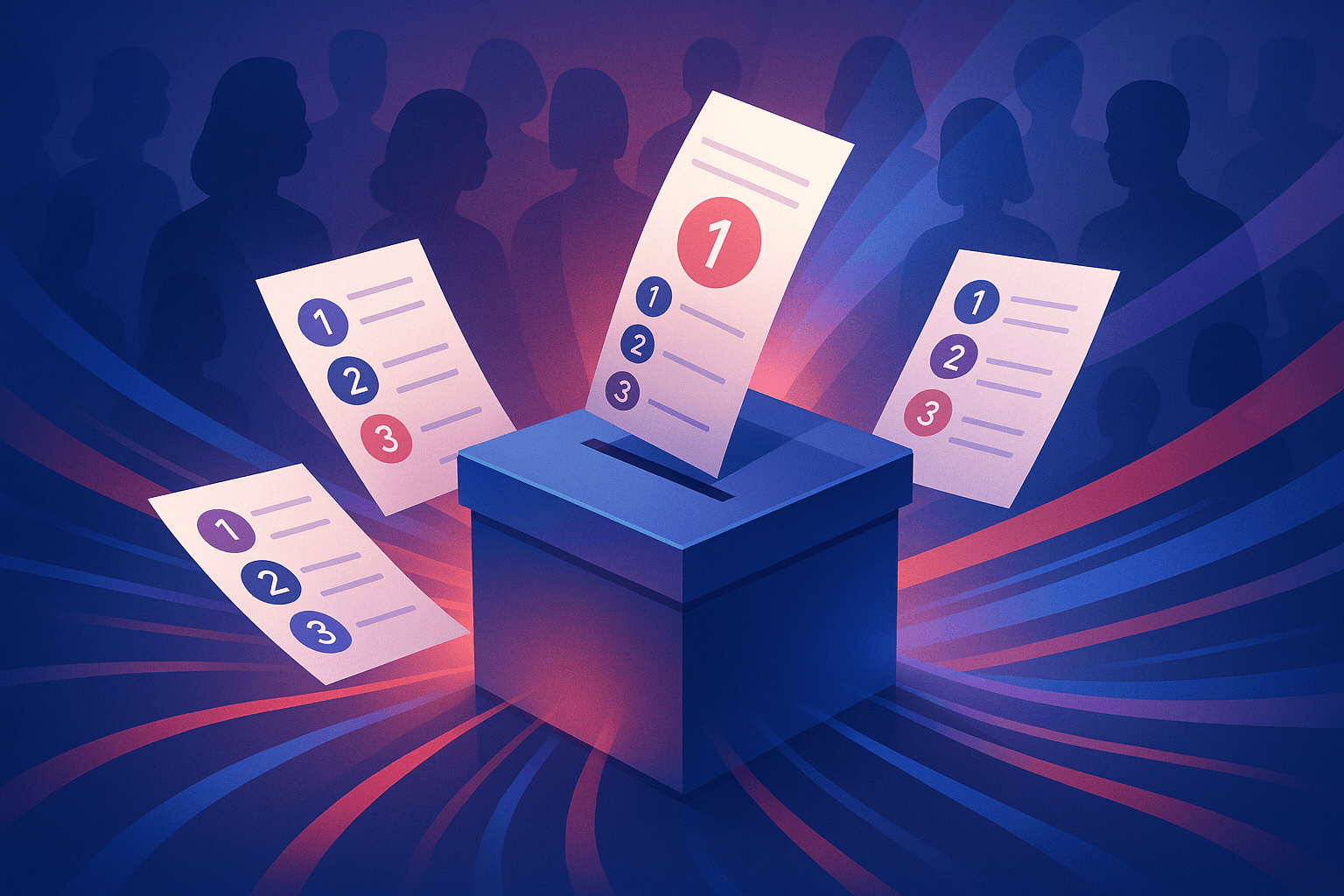Study: 43 States Will Use Outdated Voting Technology in the 2016 Election

During the 2016 election, it is estimated that 43 states will use electronic voting machines that are at least 10 years old. In an era where consumers are constantly updating their personal technology, why is it that Americans are voting on machines using Windows 2000?
A study released by the Brennan Center for Justice in 2015 explains that most of these machines are perilously close to the end of their lifespan. Outdated voting machines increase the risk of failures and crashes which could lead to longer lines and lost votes, the report explains.
“No one expects a laptop to last for 10 years. How can we expect these machines, many of which were designed and engineered in the 1990s, to keep running without increased failures?” said Lawrence Norden, deputy director of the Center’s Democracy Program, and co-author of the study.
This comes at the same time as voters are already facing long lines and decreased access to the polls.
There is also an increased security risk from using old technology, Norden writes.
“Old equipment can have serious security flaws, and the longer we delay purchasing new machines, the higher the risk. To avoid a new technology crisis every decade, we must plan for and invest in voting technology for the 21st century.”
In Virginia alone, 3,000 voting machines were decertified in 30 counties due to a poorly secure Wi-Fi connection that created the possibility of a third party altering the results. When Gov. Terry McAuliffe requested $28 million from the Virginia State Legislature to replace the machines, he was turned down.
In an effort to help fix the country's aging election machinery, Rep. Hank Johnson (D-Ga.) introduced the VOTE Act in early May. The bill would allocate more than $125 million in HAVA (Help America Vote Act) grants to states in need of upgrades or replacements.
While this is extremely helpful, it might not go far enough. The Brennan Center estimated that it would cost upwards of $1 billion to fix or replace all of the outdated voting technology in the United States.
Currently, there are election officials in 31 states trying to deploy new voting equipment within the next five years, but officials from 22 of these states do not know where they will get the funding from, the report says.
In the meantime, those looking for new equipment will have to rely on old machines for the 2016 election. The jurisdictions looking for machine upgrades represent approximately 40 million registered voters and 387 of the 538 electoral votes, the report cites. This tally leaves out jurisdictions that are not looking to upgrade equipment, but are nonetheless using outdated technology.
Many of these antiquated machines will be operating in key swing states like Florida, North Carolina, Ohio, and Virginia.



